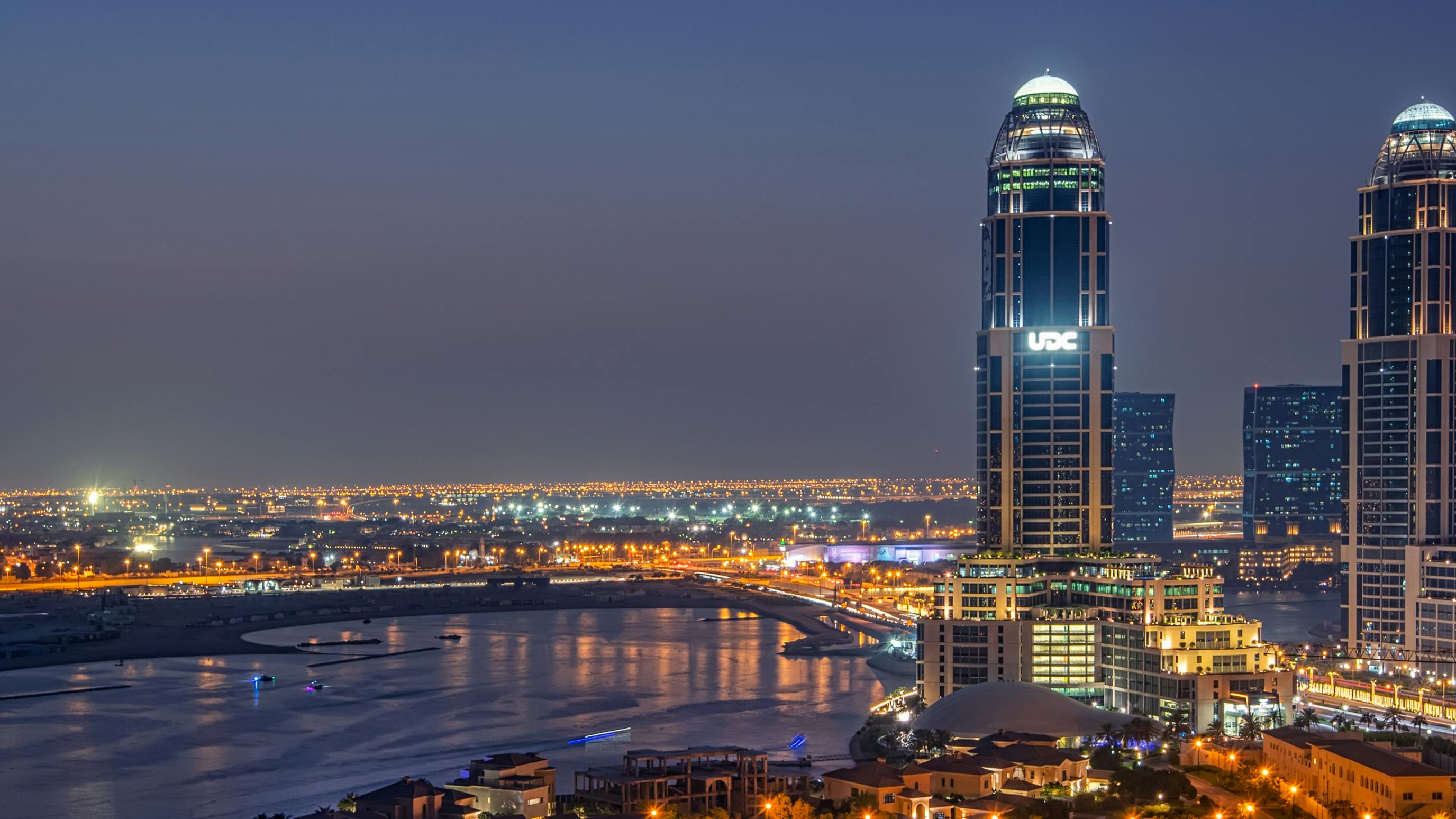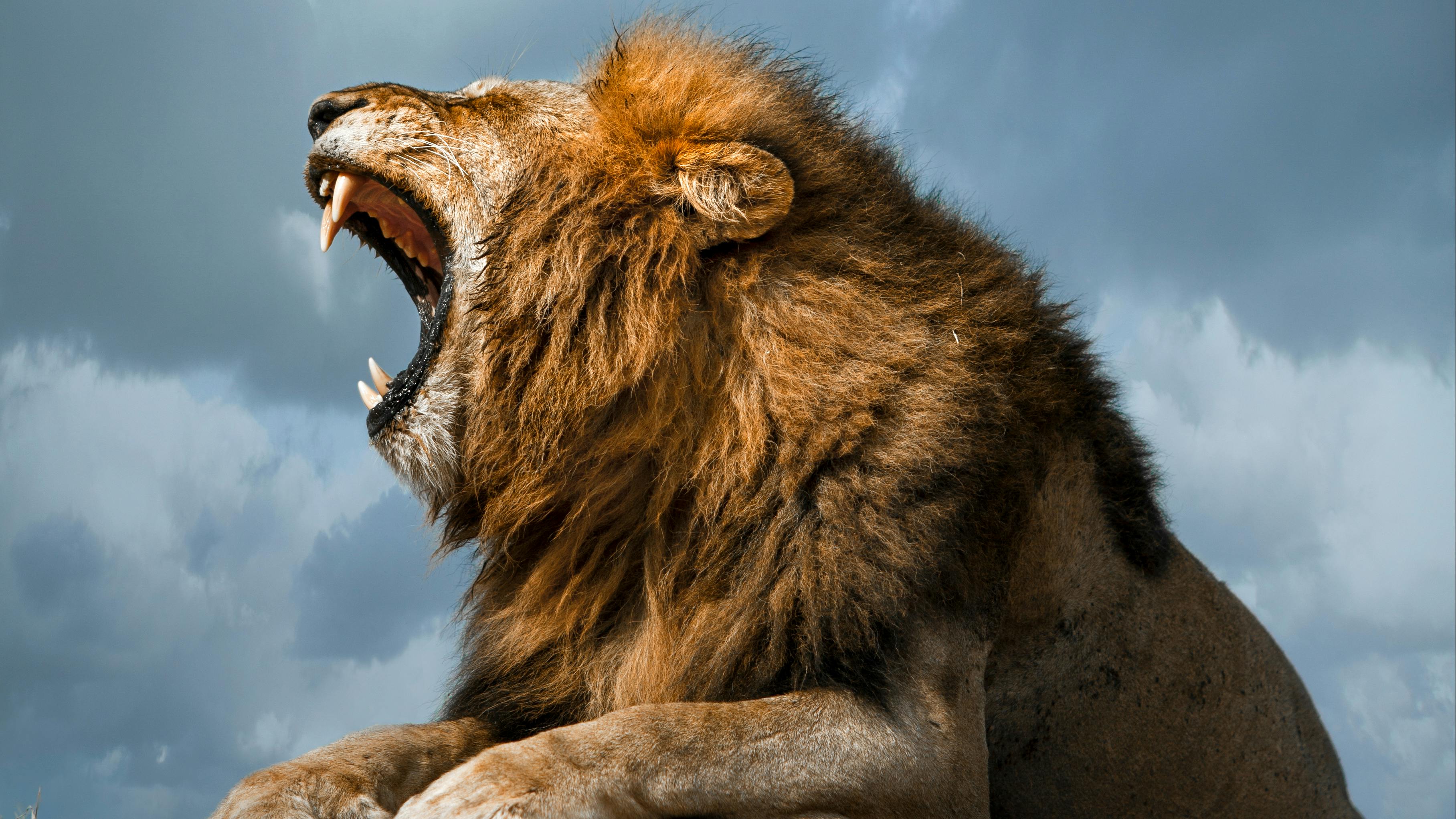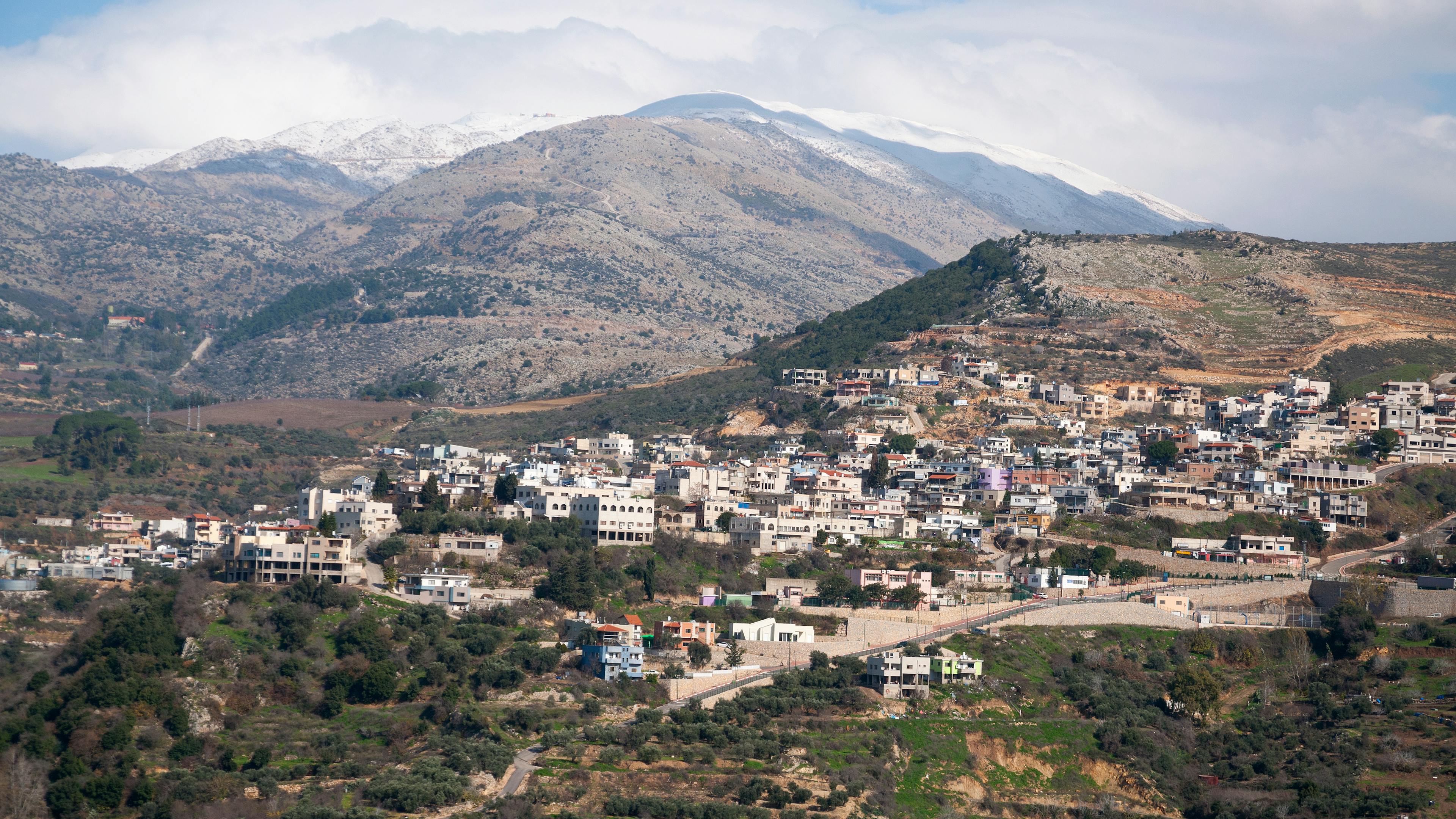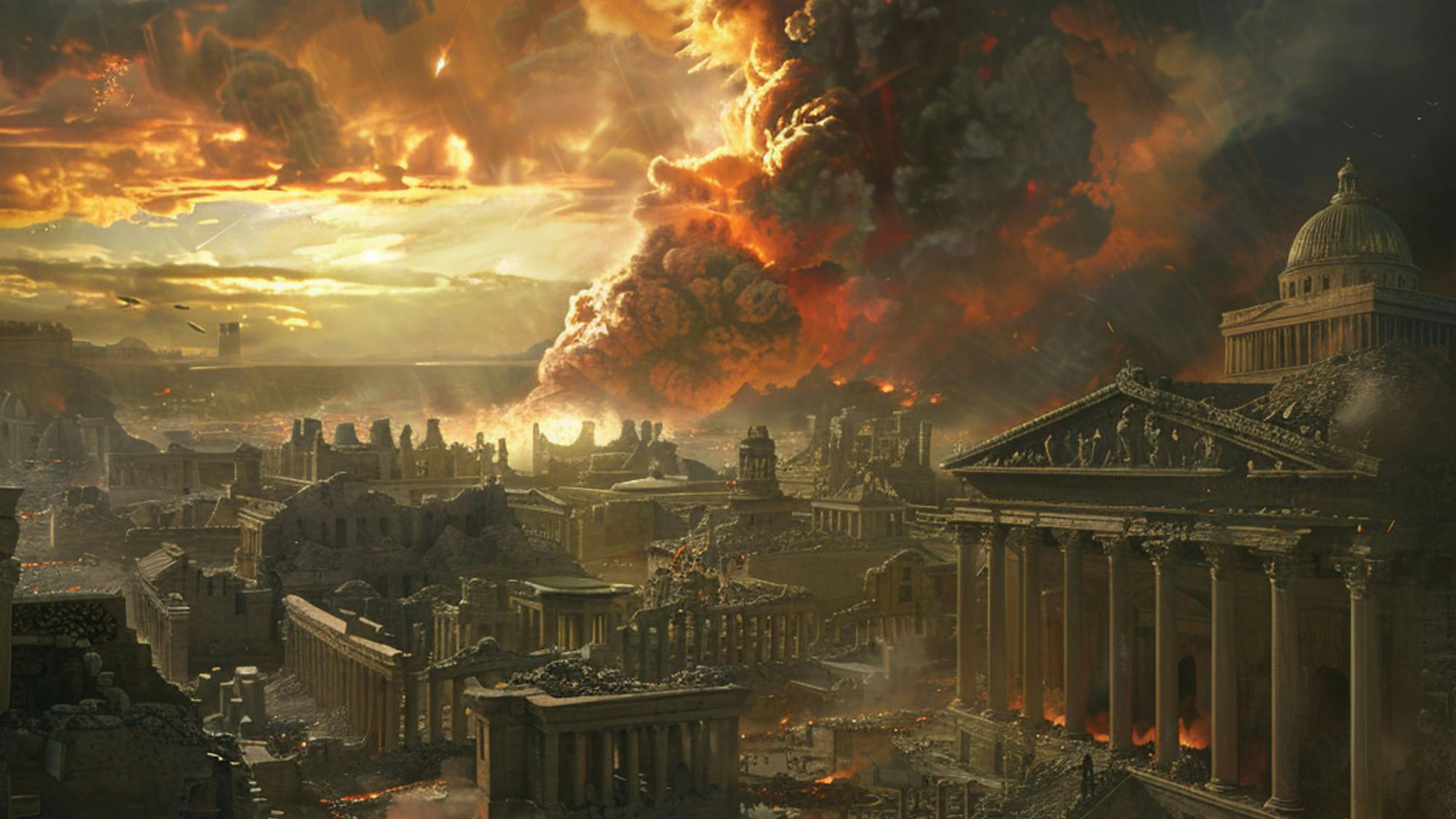The Faux Newsmen of Gaza
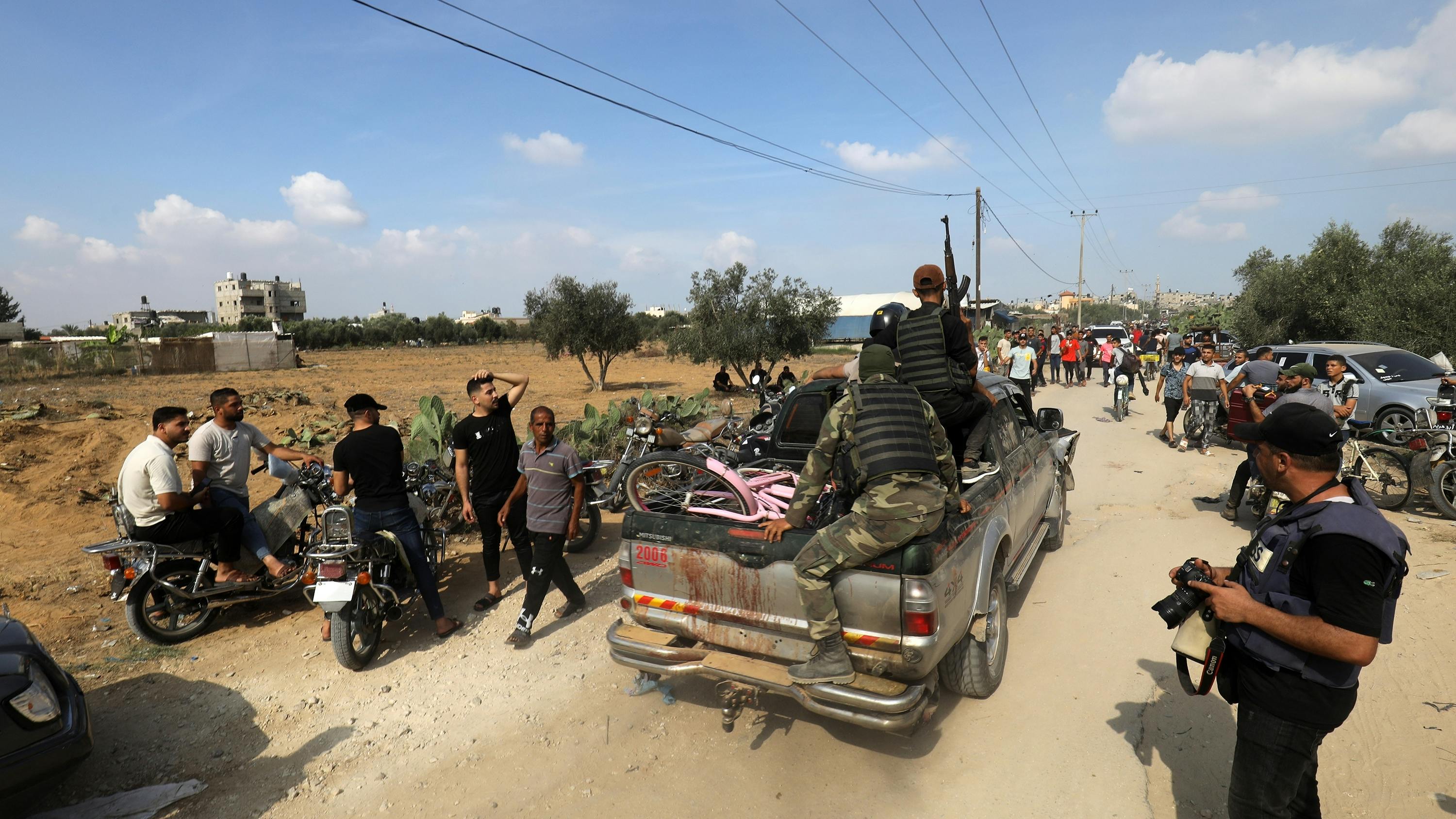
On the morning of October 7, 2023, under dawn’s crimson pall, Hamas terrorists unleashed their most brutal attack on Israel in the history of their protracted conflict.
When the sun came over the horizon and spread first light across the western Negev to expose the monstrous cruelties that Hamas was perpetrating, a video surfaced of a most perplexing scene: Gaza-based freelancer Hassan Eslaiah, a stringer for CNN and the Associated Press, camera in hand, grinning atop a motorcycle near a smoldering Israeli tank, clutching what appeared to be a grenade. Without a press vest or helmet, he filmed himself amidst the carnage, not as a journalist documenting a story, but, seemingly, as a jubilant participant in the terror group’s barbarism.
A Pervasive Media Culture Rot
The footage was quickly erased…but not forgotten. It offered a clear yet unsettling exposure of the so-called “journalists” who turned their lenses on Israel’s suffering. The Gaza-based “reporters” appeared to support the terror, using their cameras to celebrate the onslaught rather than objectively document the unfolding events to show the world the stark and merciless violence of Hamas’s atrocities.
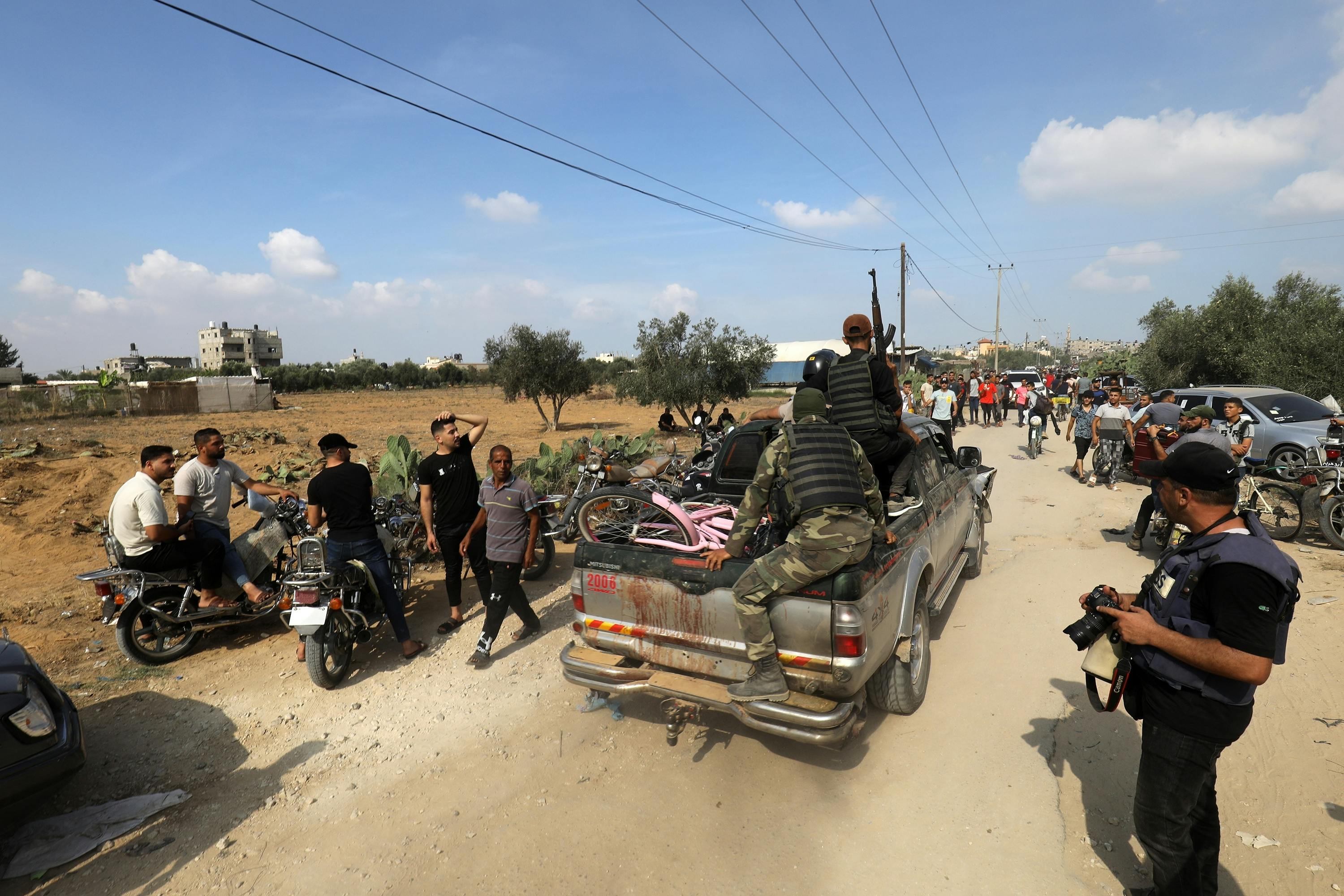
Armed with cameras rather than guns, these individuals, freelancing for major Western media outlets, crossed into Israel alongside Hamas killers, capturing images of abductions, mutilations and lynchings in real time. Their actions—and the failure of global media to ask questions about their involvement—reveal a pervasive rot in Gaza’s media culture, where Hamas’s grip on the news falsifies and spins narratives around the world, undermining Israel’s ability to tell its story.
Eslaiah wasn’t the only press operative watching the blood of the innocent seep into the earth. Five other “reporters”—Hatem Ali, Mohammed Fayq Abu Mostafa, Yasser Qudih, Ali Mahmud and Yousef Masoud—moved unencumbered through the fray. They then sold their pictures and video to CNN, Reuters, the Associated Press and the New York Times, as Hamas continued to tear a bloody path through Israel’s border communities and the Nova music festival.
Hatem Ali appeared from the beginning. He was there beside Hamas’s foot soldiers as they breached the Israeli border, his camera swimming in the chaos with eerie intimacy. With no press vest and no pretense of detachment, his shots of militants slicing through fences landed instantaneously in the feeds of global media, as if he had been invited to the invasion as a VIP—or positioned there by a Hamas stage director.
Mohammed Fayq Abu Mostafa didn’t shy away from the blood. His lens fixed on a lynch mob desecrating an Israeli soldier’s body that had been dragged from a disabled tank. The image, raw and vile, wasn’t the work of a shocked impartial observer, but of someone who appeared comfortable with the close-ups, knowing exactly where to point his camera, as if the video was choreographed.
Was there Foreknowledge?
Yasser Qudih, another freelancer, was apparently coincidentally at the border. He captured Palestinians cutting through Israel’s defenses as Hamas gunmen surged forward. His photos, like Hatem Ali’s, ended up in Reuters’ archives, polished and published.
But the timing—too perfect, too early—reeks of foreknowledge. Were there any inquisitive editors at Reuters who asked Qudih how he knew to be there at the onset of Hamas’s terror campaign, camera ready, on a quiet Saturday morning?
No, it seems not.
Then there are Ali Mahmud and Yousef Masoud, freelancing for the Associated Press and the New York Times, whose proximity and timing were no less conspicuous. Mahmud’s shots immortalized the kidnapping of Shani Louk, her lifeless body sported in front of the camera like a hunting trophy. Masoud’s equally disturbing images were hailed as “journalism.”
Soon, accusations began to pile up, which forced hollow denials from the news organizations. Again, the most painfully obvious question remains: why were there no credible reporters from the bulwarks of Western journalism asking how these men got complete freedom of movement and front-row seats to Hamas’s rampage?
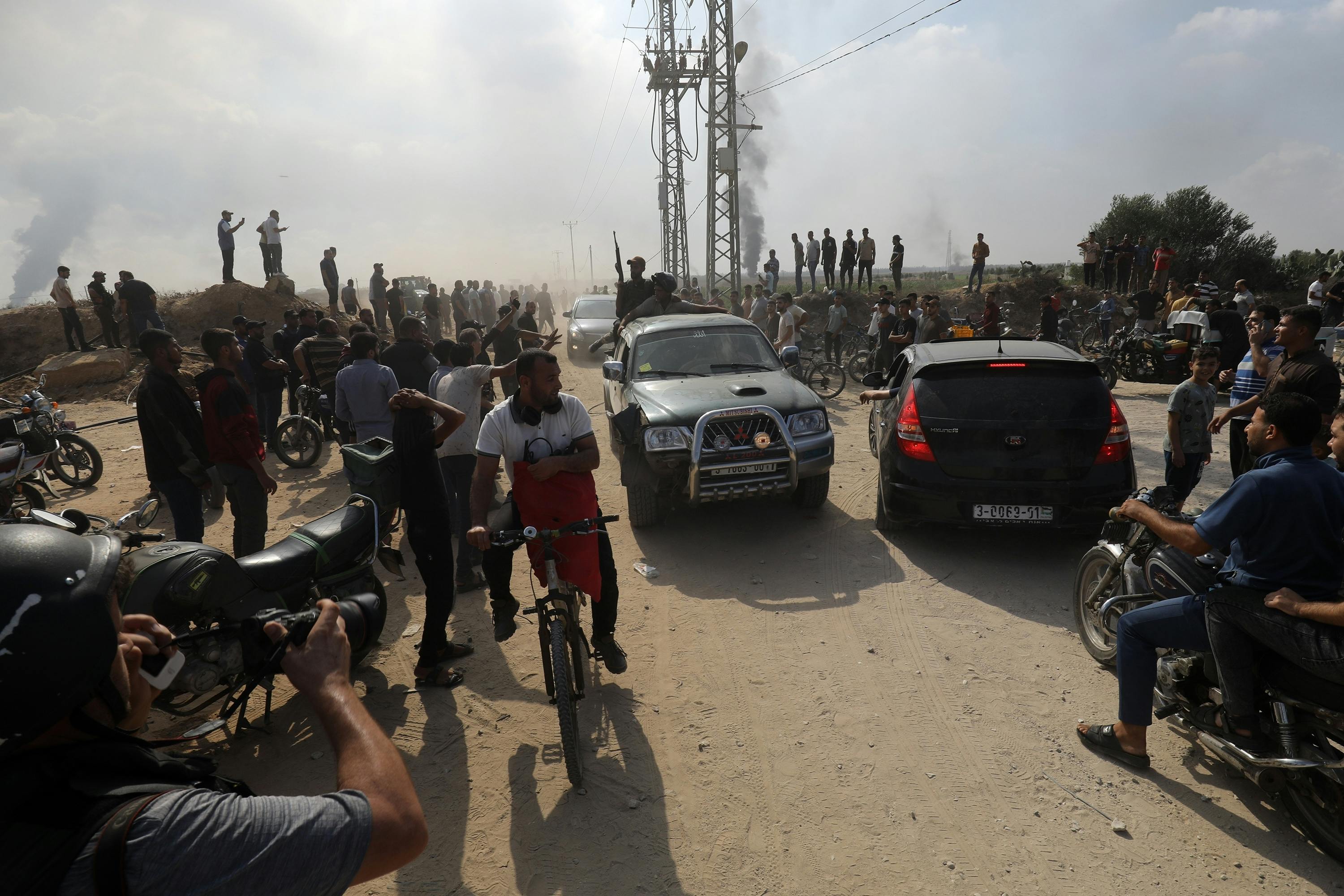
Terrorists with Press Credentials
Let’s not forget Abdallah Aljamal, an Al Jazeera propaganda peddler who slithered his way into the spotlight in June 2024, when Israeli forces stormed his home in Nuseirat. Caged in his family home, they found three Israeli hostages—Almog Meir Jan, Andrey Kozlov and Shlomi Ziv.
Aljamal was a fully-fledged Hamas operative, his press credentials nothing more than a mask for his covert terror activities. The revelation isn’t isolated.
Others, like Anas al-Sharif and Hossam Shabat, both Al Jazeera stringers, were exposed as active members of Hamas or Islamic Jihad, their “reporting” a thinly-worn costume to hide their devotion to extremism. These weren’t journalists caught in the wrong place at the right time. They were players in a calculated game. Their cameras were weaponized resources that belonged solely to Hamas.
Gaza’s media ecosystem, incubated by Hamas’s iron hold on the people, breeds hybrids of journalist and jihadist for their own ends. Of course, whenever places exist under authoritarian control, it’s inevitable that information will be strictly regulated from the top down.
It is true that reporters in Gaza operate under constant threat, and are far more likely to be motivated by fear than by objectivity. But these six, and others like them, didn’t just kowtow to authoritarian pressure; they embraced Hamas like zealots, crossing into Israel in tandem with the killers as if they were comrades. Their footage and images were not even a subtle plea to the world to bear witness to unjust violence, but appeared as a chorus of glee to the savagery.
Western media outlets, ever-hungry for clicks and views, capitulated. They embraced the gritty images and ignored the imperious requirement that is incumbent upon every journalist: to ask questions. They published the photos, lauded the scoops and held their nose to the stench of complicity, thereby making themselves complicit in a method of information streaming that has become thoroughly polluted by a hatred of Israel.
Betrayal and a Theft of Truth
This betrayal cuts both ways. For Israel, it’s another gut punch after the suffering of October 7. For the global public, it’s a theft of truth, a distortion of reality dished out liberally to the world via news establishments that, in the not-so-distant past, formed the trusted backbone of truth in democratic nations. The failure of CNN, Reuters, AP and the New York Times to vet their freelancers isn’t just negligence, it’s a moral collapse, a willingness to sacrifice the press’s once-sacred thirst for truth for clickable headlines.
These outlets, which were so quick to defend their “journalists” with tepid statements of denial, without investigating genuine questions about their reporting, have yet to reckon with the damage. Their silence, their refusal to inquire more deeply, only emboldens Hamas to continue unchecked and keep blurring the line between news and terror.
Related Resources

Discover Your Purpose and God’s Heart For You
In today's divided, turbulent world, it's essential for the Church to rediscover God's heart. Our free e-book, authored by a seasoned expert with three decades of experience in Israel, delves deep into the teachings of Jesus (Yeshua) to reveal God’s principles of love and purpose. Learn how embracing these truths can bring significance and impact to your life, even amidst chaos. Subscribe now to receive your free copy and embark on a journey of transformation.

